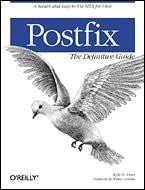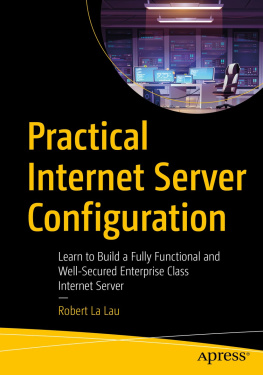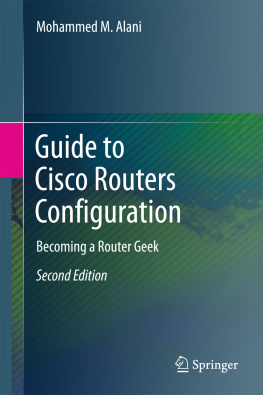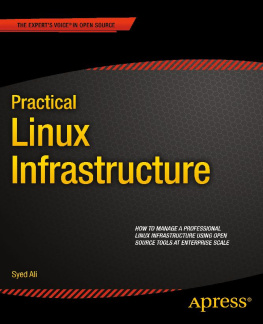[]
access maps
addresses, email
[See spam]
[See queue manager]
[See also MDAs; MTAs; MUAs]
mailing list
mailing list,
Mailman
virtual alias
append_dot_mydomain parameter
attacks
[See dictionary attacks]
authentication
[See SASL]
|
[]
blacklisted sites
realtime blacklists
|
[]
[See Certificate Authority]
classes
client certificates
[See certificates]
command-line tools
commands
common name
[See also building Postfix]
relay (mail delivery agents) control
[See master.cf file]
continuation of lines
Cyrus IMAP
|
[]
debugging
deferred messages
definitions
delays
[See MDAs]
dictionary attacks
directories
MX records
documentation
[See DNS]
domain names
fully-qualified
domains
|
[]
email
encoding
errors
host
|
[]
[See also alias files; aliases]
|
[]
header checks
headers
hostnames
[See also DNS]
system
|
[]
include files
inet sockets
input/output
Internet
Internet Engineering Task Force (IETF)
[See IMAP]
IP addresses
[See DNS]
|
[]
line continuation
local delivery
[See LMTP]
local_transport parameter
[See alias files]
|
[]
[See also email, Internet]
[See MDAs]
mail delivery loops
mail exchangers
[See MTAs]
[See MUAs]
[See message stores POP/IMAP]
[See MLMs]
main.cf
[See regular expressions]
messages, email
|
[]
names
network email
networks
|
[]
[See OTP authentication mechanism]
|
[]
passwords
[See regular expressions]
Perl
plaintext passwords
ports
[See regexp]
[See POP POP/IMAP]
Postfix
processes
pseudo-accounts
|
[]
[See queue management]
queue scans
[See also (see also queue management; entries under individual queue names]]
|
[]
recipients
regular expressions
[See also response codes]
rejecting messages
spam
sites
reloading Postfix
remote users
[See response codes]
[See RFCs]
response codes
restrictions
[See POP/IMAP]
|
[]
[See OTP authentication mechanism]
[See SASL]
[See TLS]
sender
sender addresses
[See MAIL FROM command]
[See SASL authentication]
[See SMTP]
sites
[See blacklisted sites]
size
strict syntax
smtpd_client_restrictions
sockets
[See TLS]
[See strict syntax checking]
strict syntax
strict syntax checking
[See root account]
symlinks
[See strict syntax checking]
system startup
|
[]
! (exclamation point)
" (quotation marks)
$ (dollar sign)
/ (slash)
|
[]
[See TLS]
transport types
transports
|
[]
[See spam]
[See spam]
user accounts
separate domains with virtual accounts
system
users
[See passwords]
|
 |
| Reviews |
| Reader Reviews |
| Errata |
| Academic |
| Postfix: The Definitive Guide | | By Kyle D. Dent | | Publisher | : O'Reilly | | Pub Date | : December 2003 | | ISBN | : 0-596-00212-2 | | Pages | : 264 |
Postfix: The Definitive Guide easesreaders from the basic configuration to the full power ofPostfix. It discusses the interfaces to various tools thatround out a fully scalable and highly secure email system.These tools include POP, IMAP, LDAP, MySQL, SimpleAuthentication and Security Layer (SASL), and TransportLayer Security (TLS, an upgrade of SSL). A reference sectionfor Postfix configuration parameters and an installationguide are included. | A.1 Postfix Parameter Reference
"2bounce" is one of severalpossible error classes. Each class of error can optionally generatean error notice. 2bounce_notice_recipient designates the recipient address for "2bounce" error notices.
Possible values:
email address
Default:
postmaster
Example:
2bounce_notice_recipient = postmaster
SMTP response code sent when a requestis rejected because of an access map restriction.
Possible values:
reply code
Default:
Example:
access_map_reject_code = 554
List ofalias databases used by the local delivery agent.
Possible values:
alias maps
Default: hash:/etc/aliases, nis
mail.aliases
Example:
alias_maps = hash:/etc/aliases, nis:mail.aliases
Restricts or allows local maildelivery to external files when expanded from an alias file.
Possible values:
explicit list
Default:
alias,forward
Example:
allow_mail_to_files = alias, forward
The percent hack is an old workaroundthat allowed sender-controlled routing of email messages. Nowadays,DNS and mail routing are much more reliable, but Postfix continues tosupport the hack. To turn off percent rewriting, set allow_percent_hack to no .
Possible values:
yes/no
Default:
yes
Example:
allow_percent_hack = yes
| alternate_config_directories |
The commands postqueueand postdrop have options to use a differentdirectory when reading the Postfix configuration file. Anynonstandard directories you plan to use must be listed in thisparameter.
Possible values:
directory
Default:
(null)
Example:
alternate_config_directories = /usr/local/postfix/conf
Expands incomplete email addresses byappending the value from myorigin onto addressesthat consist of a local part only. Changes to user@host.example.com .
Possible values:
yes/no
Default:
yes
Example:
append_at_myorigin = yes
VERP is a technique used with mailinglists to handle bounced messages. It combines the list owner addressand original recipient address with a special delimiter character. authorized_verp_clients contains a list of hostand domain names and IP addresses of clients that are allowed to usethe feature.
Possible values:
hosts/domains
Default:
$mynetworks
Example:
authorized_verp_clients = $mynetworks
| berkeley_db_read_buffer_size |
Next page






![Yauheni V. Pankov - Network Backup with Bacula [How-to]](/uploads/posts/book/56333/thumbs/yauheni-v-pankov-network-backup-with-bacula.jpg)


